Certain modern architects view the restoration of historic buildings like an archaeological dig that exhumes alterations over time and places the resulting evidence on display. Basel-based architects Herzog & de Meuron (with Platt Byard Dovell White as executive architect) approached the restoration of the Park Avenue Armory between 66th and 67th Streets in New York in this manner. The architects also introduce an intriguing process where their own interventions add a new layer to their exposure of the sediments of history.
The Armory, a Gothic Revival brick fortress designed by Charles Clinton in 1880 for the Seventh Regiment of the National Guard, required repair work on the exterior along with requisite infrastructural and code-compliant upgrades. In addition to the revitalization of a 55,000-square-foot drill hall, the team confronted an array of 18 period rooms originally fitted out by legendary designers, architects, and decorators such as Louis C. Tiffany's Associated Artists, Stanford White, and the Herter Brothers. Some of the art-encrusted rooms used by the affluent volunteers to the National Guard remain almost intact; others were shabbily altered.
In 2006, the nonprofit Park Avenue Armory Conservancy, with Rebecca Robertson as president and executive director, leased the five-story structure from the state to create an adventurous arts venue for dance, theater, and art performances, plus exhibitions, along with artists-in-residence studios. (And it will still continue to house 100 homeless women in its upper reaches.) The $200 million restoration'of which $84 million has been spent'is expected to be completed in five years.
While the Conservancy wanted to keep the lushness of the late-19th-century architecture and design, Robertson feared the stiffness and embalmed quality of meticulous period restorations. She turned to Herzog & de Meuron, impressed by the firm's inventive deployment of materials, surfaces, and craft in its work. 'Seeing the copper-clad Signal Box in Basel [1995] was crucial,' she says.
In the fall of 2011, two period rooms by Herzog & de Meuron opened to the public. As partner Ascan Mergenthaler explains, the team worked with each room's basic identity, choosing not to eliminate all traces of later modifications. The idea was to show the evolution of the rooms 'as a wash of time,' in Robertson's words. The tortuous task involved delayering (manually or chemically stripping recent accretions from the surfaces) as well as overprinting (see below), which simulates abstractly underlying patterns'in addition to cleaning and restoration.
With the second floor's Renaissance Revival room for Company D, designed in 1880 by Pottier & Stymus, the team restored the original mahogany woodwork, plus a herringbone parquet floor that replaced the 1880 one. Originally, the ceilings and walls were stenciled, but later had been covered by Adamesque plaster scrollwork and painted, with other areas concealed by plasterboard. Where areas were damaged by the removal of the scrollwork and other scars of use, the team glazed the surface with a reddish field color discovered to be typical of the background's metallic paints. The stenciling under the plasterboard remained intact in the delayering.
In the next part of the process, the architects printed a new pattern on top of the original circular stenciling to create an integrated tracery that picked up the background's copper tones. The stenciled, laser-cut pattern appears distinct from the original stenciling owing to its abstraction of basic geometric shapes, but retains the size and proportions of existing patterns, albeit emphasized with a metallic shimmer. The architects also designed a chandelier similar in proportion to the original gaslit one, but this time with copper arms and tinted-glass globes over halogen lamps. New copper chain-link curtains add a gleam to the room while shielding glare from the windows (aided by window coverings). All of this subtle surgery creates an evocative space for small dinners and receptions and requires more than one keen glance to know that a modern architect was there.
Another room on the second floor, for Company E, also decorated in 1880 by Pottier & Stymus in the Renaissance Revival style, offers an easier setting in which to detect the presence of the modern architect. A new gridded bronze lighting fixture dominates the space. Here, too, Herzog & de Meuron removed the Tudor Revival plaster strapwork and wallpaper, added in 1892, to reveal the earlier stenciling, and repaired damaged spots with plaster in a copper field color matching the surroundings. Since the room will be used for small theatrical and musical performances, the team wanted a lighting fixture that could be raised and lowered. While the modern fixture seems ungainly in comparison with the firm's more nuanced gestures, it fits in with the raw, austere look of the cleaned oak paneling.
One of Herzog & de Meuron's more daring future proposals concerns the Colonel's Reception Room on the south side of the first floor, originally designed by the Herter Brothers. Its French black walnut paneling has remained reasonably intact, yet almost everything above a certain datum is too far gone to be delayered. So the architects suggest covering upper woodwork'which had been added later'plus walls and ceiling with a removable white paint. Since the space is planned to be used as a conductor's suite and for other events, the mixed time warp arguably would provide an arresting backdrop. Nearby they envision converting a room into a copper-lined 'megavator' to take heavy loads to the second floor, and for a moving performance space.
Not every move is as provocative: Herzog & de Meuron is making few visible interventions in the Wade Thompson Drill Hall, now the arena for a number of theatrical and dance productions. Nevertheless, the firm hopes to strip the lower parts of the hall to reveal the full arc of the room's barrel-vaulted cast-iron trusses. Then on the first floor, the Field and Staff Room, also designed by Pottier & Stymus, replete with taxidermied animal heads, will be redone as a bar, with a new copper ceiling, chandelier, and fittings. The architects' proposal for the mostly intact library on the other side of the main corridor involves taking the room originally designed by Louis C. Tiffany's Associated Artists, with a young Stanford White as consultant, back to its 1880 decorative scheme, lost in part after its conversion to a trophy gallery. For its new use as an archive for the history of the Armory, Herzog & de Meuron plans to repaint the ceiling where the original panels are too far gone, and reinstate bookshelves. The restoration should complement the intact Veterans Room next door, also executed by Tiffany, White, et al.
The architects' efforts so far have generated a refulgent ambience with a warm coppery glow, a burnished gleam in the walls and ceilings, and a lustrous sheen of the wood paneling. As Jorge Otero-Pailos states (page 42), Herzog & de Meuron's work specializes in echoing the original, transformed by time. The ingenious approach shows that today's modern architects can still capture a sense of the new, while enhancing and revivifying the old.
PeopleOwner: This project is designed by Herzog & de Meuron and planned and executed in collaboration with an Architect: Executive Architect: Platt Byard Dovell White Personnel in architect's firm who should receive special credit: Schematic Design, Design Development, Realization, Construction Client Representative PLANNING Executive Architect Structural Engineering MEP Engineers Landscape Consultant Construction Manager SPECIALIST / CONSULTING Exterior Restoration Consultant Plaster Restoration/Delayering Light fixtures Metalwork Theater Consultant Lighting Design Acoustical/AV Consultant Lighting Engineer Exterior Restoration Consultant Building Graphics Cultural Consultant Exhibition Consultant Code Consultant Location: 643 Park Avenue, New York, USA Gross square footage: 190,000 square feet Cost: $84 million to date Completion date: (partial) October 2011 |
ProductsSite Area Building Footprint Gross Floor Area (GF) Building: The Head House with eighteen historic rooms designed by Louis Comfort Tiffany, Stanford White, Herter Brothers, Pottier & Stymus, and other prominent designers of the late 19th century and the American Aesthetic Movement. The 55,000-square-foot Wade Thompson Drill Hall, one of the largest unobstructed spaces in the city, which features:
|
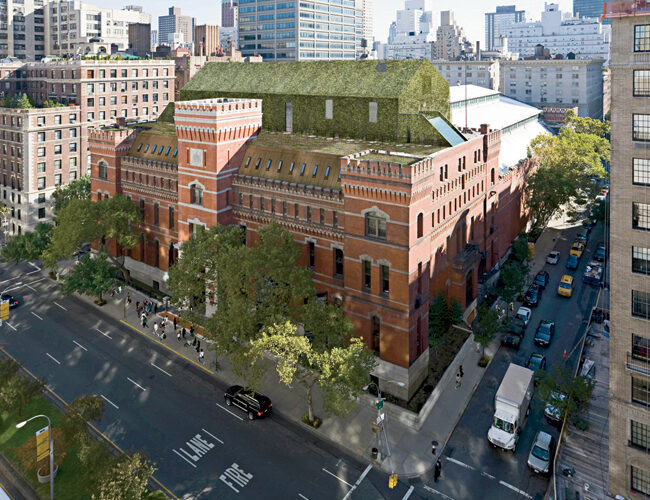
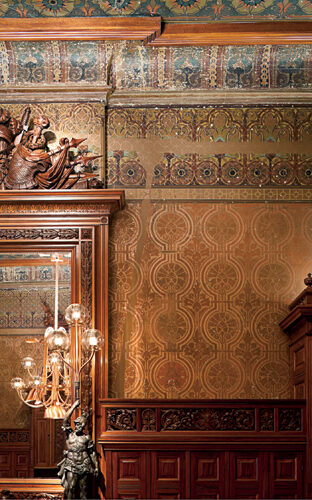
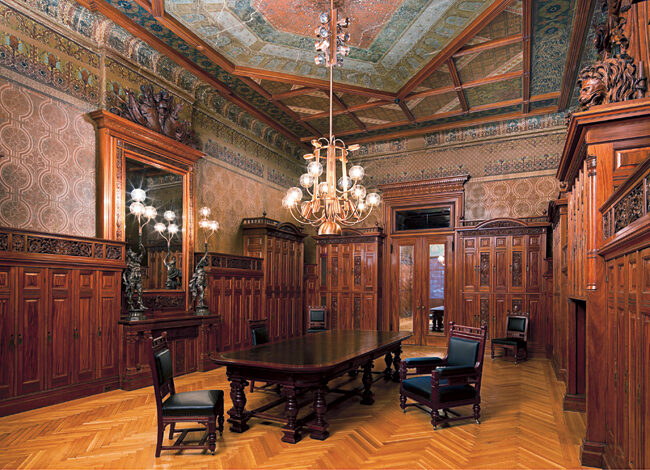
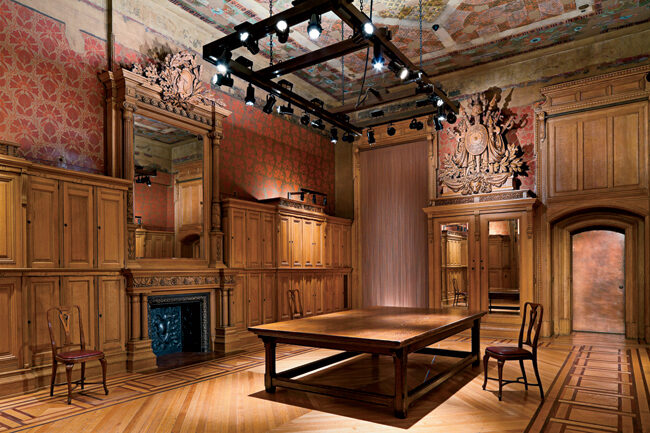
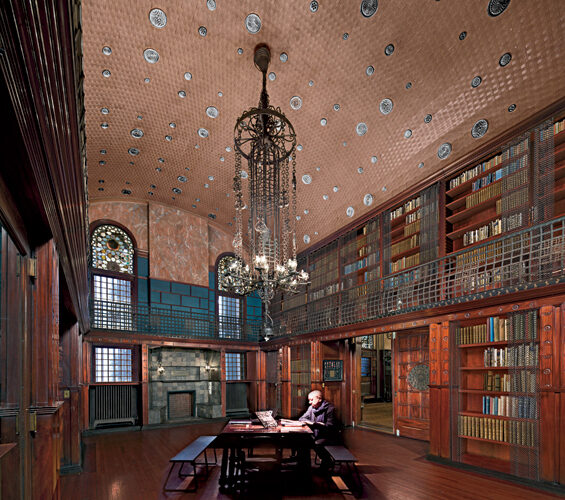
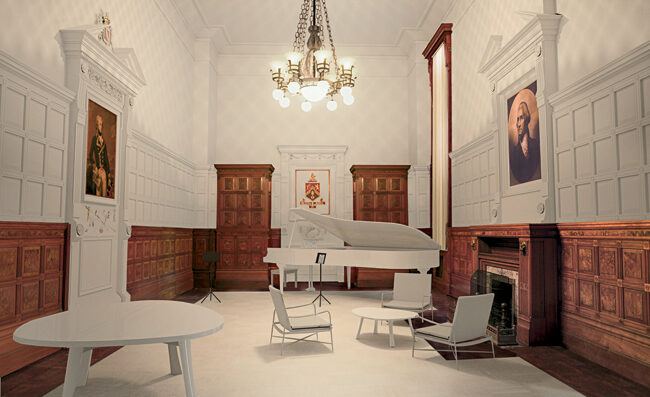
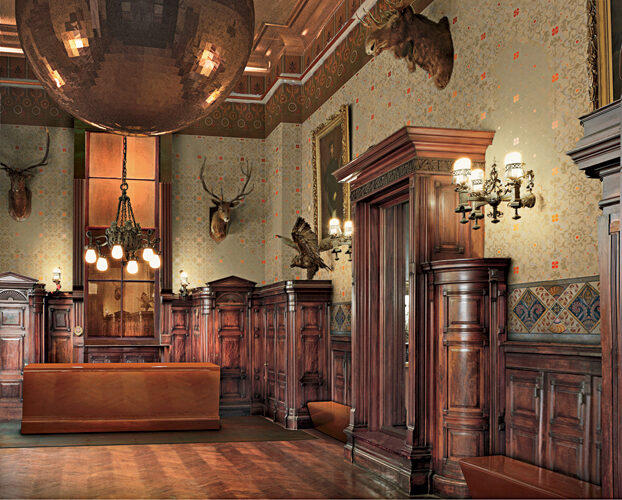
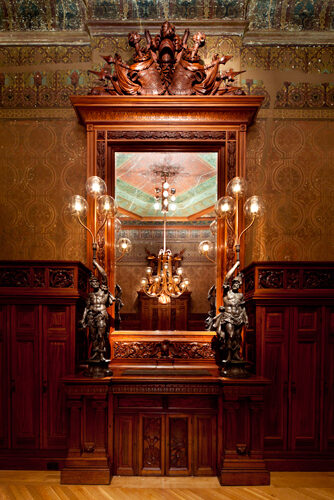
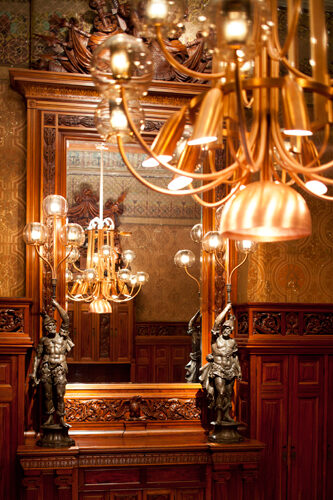
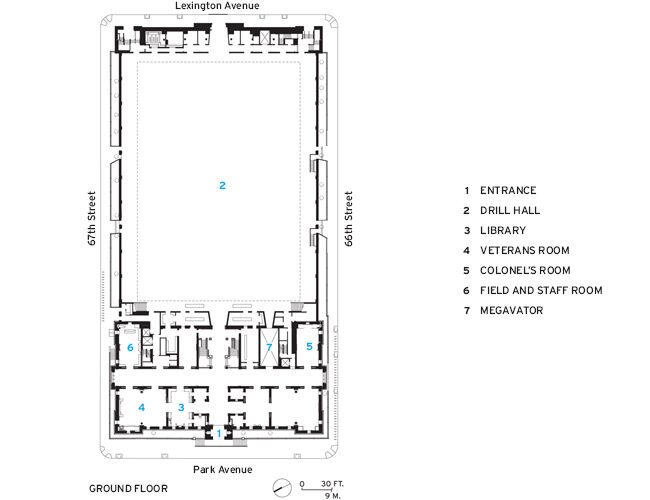
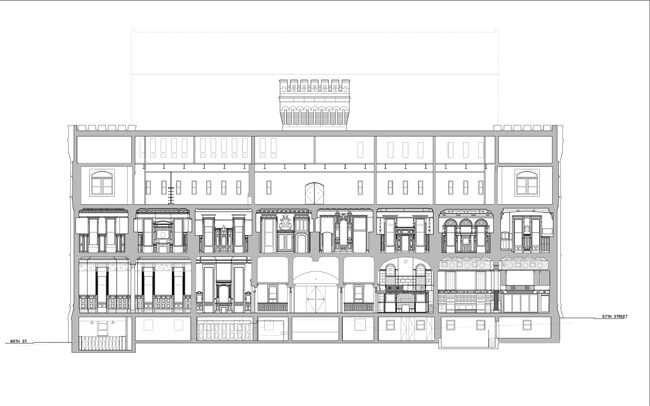
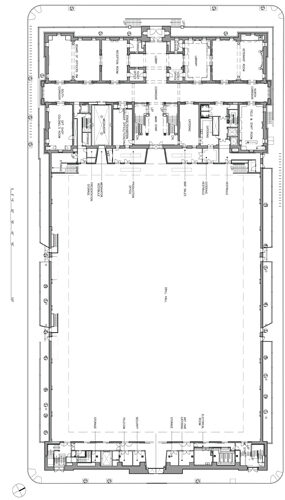
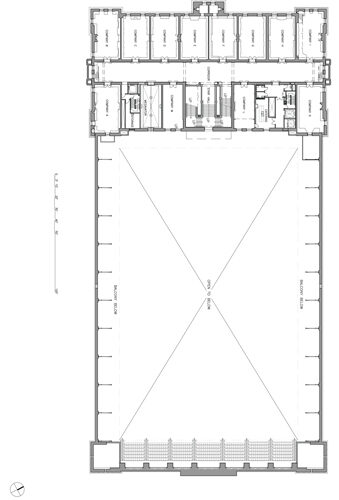


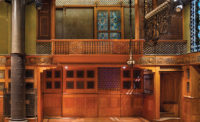
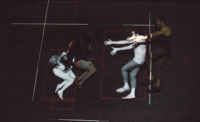
Post a comment to this article
Report Abusive Comment